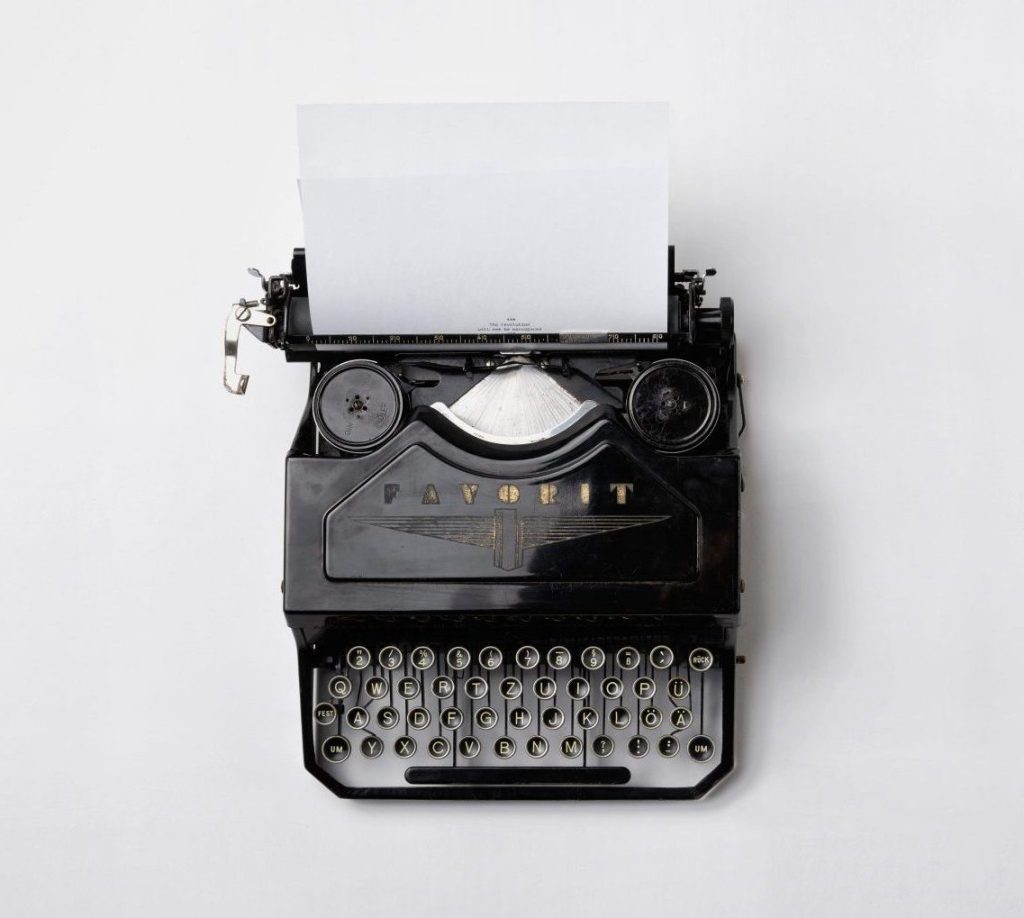When my typing fingers, trying to keep up with my thoughts, replaced the d in mindfulness with an e, a new word lassoed 30 years of striving to be a good Buddhist into neon shorthand. It was suddenly clear that the way forward might entail a U-turn, the opposite direction of my earnest—and, dare I say, ambitious—efforts. Years before my plunge into Buddhism, the Tibetan Buddhist teacher Chögyam Trungpa warned against this common pitfall for aspirants on the spiritual path: “The problem is that ego can convert anything to its own use,” he said, “even spirituality.”
A child of the sixties, I came to Buddhism wanting to get something out of it—a wholesome, calming praxis in daily life without the baggage of dogma, as well as an authenticity and freedom that transcended the tyranny of consumerism. I also came to the practice with a long list of things to get rid of, like grief, shame, existential angst, and relentless discursive thinking. The insight when my finger slipped: the same determination I apply to my quotidian goals too often subsumes my spiritual aspirations. Busy with a to-do checklist off the cushion; busy with another list on the cushion.
Tony Robbins, a modern-day Dale Carnegie, trumpets: “We can change our lives. We can do, have, and be exactly what we wish.” I, for one, have happily marinated in similar notions, and, to be truthful, still find them heady and intoxicating. I know I’m not the only Western worker bee to have unconsciously turned myself into a lifelong self-improvement project to plug up a sense of lack, dissolve an unpleasant feeling, shore up the building materials needed to construct the best Me. With decades of practice, I’ve curated and acquired a collection of Buddhist tools from around the globe: some Burmese noting here and there, a variety of breath techniques from the Mindfulness of Breathing Sutta, Tibetan tonglen practice to deal with my anger at the news, yogic chakra concentration to reel me back into my body. And mindfulness, always.
tonglen
Tibetan “sending and receiving” practice: the practitioner imagines breathing in the bad and breathing out the good, taking on the suffering of other sentient beings.
Guiding us to shape our future by thought and action is certainly a central concern of Buddhism. But combine this with American individualism, our can-do verve and penchant for self-creation, for becoming something greater and better, and the result is a true stumbling block for practitioners. The Buddha had a word for the way we condition our future: bhava. The word is related to the verb bhavati, “one is,” or to “one becomes.” The Buddha was especially interested in bhava—the ephemeral, contingent activity wherein a form or identity exists in continual flux. Most of us, however, believing our self-identities to be fixed, are pushed and pulled through time by incessant desires and their raft of karmic consequences. In contrast, the noble eightfold path, the core of Buddhist training and discipline, is a rigorous commitment that can transform bhava so that craving is less and less in the driver’s seat as we step into our future.
What is the art of bhava, becoming, without the individual holding court? Ajahn Sucitto, a teacher in the Theravada tradition, says he is often reluctant to give meditation instructions because of the “who” within the student receiving the instruction, who gets immediately involved in trying to make experience match his teachings. I know this self intimately: she believes in managing her experience, and her task proves to be a full-time job.
In the Theravada tradition, my home tradition, a practitioner must distinguish between two very different motivations of action: tanha, craving originating from self-interest, and a more joyful, spiritually wholesome effort, chanda. Bhikkhu Nisabho (my son, now a monk) points to simple, traditional practices like generosity, adhering to the five moral precepts, chanting, and watching the breath as useful ways to hold minefulness in check: “Using wisdom to surround ourselves with structures that support practice is very helpful, as otherwise we have to rely on extreme selfing to protect and bolster practice in the face of the contrary, overstimulated conditions of modern life.” In other words, we need aids to backpedal out of our cultural habits that rely on individual efficacy and willpower in every arena from work to spirituality.
In the Mahayana traditions, which I draw upon often, an altruistic intention is explicit from the start and becomes formal with the taking of the bodhisattva vow, the commitment to put the welfare of others before oneself. Venerable Thubten Chonyi, a nun at Sravasti Abbey in Washington, told me: “Motivation is absolutely critical—whether it comes from a Buddhist or religious or secular worldview. If my practice is about my relief, it’s all about me. If, for a few moments or more, I recognize that as I am relieved, it helps others—my family, the people I work with, the street person on my corner, and the barista I visit most often—then the practice is already bigger than just me.”
Through prolonged practice, we meditators may begin to recognize that we are simply worn out from the striving—and thus open a door to deeper understanding of the dharma. All traditions affirm that we are never practicing for ourselves alone, but I, at least, need to remind myself of that more often. To begin to shift our practice accordingly lets our identity rest somewhere other than on I, me, mine.
The path to the end of suffering engages a becoming where the mind is steady and familiar with samadhi, meditative absorption. We cannot arrive at a serenity of effort through a frenzied campaign of self-improvement. As I once heard the Buddhist teacher Frank Osteseski say: “Peace and stillness are not something you can create: instead, we notice them when we stop trying to make things happen.”
Thank you for subscribing to Tricycle! As a nonprofit, we depend on readers like you to keep Buddhist teachings and practices widely available.
